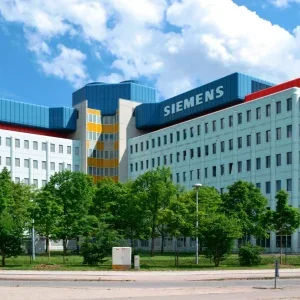
Honeywell has announced that oil and gas company ExxonMobil will use one of its carbon capture technologies at the latter’s integrated complex in Baytown, Texas.
ExxonMobil will deploy Honeywell’s CO2 Fractionation and Hydrogen Purification System to capture nearly seven million tonnes of carbon dioxide annually. This is equivalent to the CO2 emitted by 1.5 million automobiles per year.
The carbon capture technology will be incorporated into ExxonMobil’s low-carbon hydrogen production facility’s design, allowing it to capture over 98% of associated carbon dioxide emissions.
ExxonMobil is expected to sequester and store the captured carbon dioxide permanently, stated Honeywell.
Honeywell sustainable technology solutions vice president and general manager Barry Glickman said: “The use of Honeywell’s technology enables ExxonMobil to reduce CO2 emissions at a large scale.
“Our ready-now carbon capture technology works to decarbonise production processes and is effective because it can allow for significant emissions reduction that can play a major role in the energy transition.”
The Baytown low-carbon hydrogen, ammonia and carbon capture facility is anticipated to generate nearly one billion cubic feet of low-carbon hydrogen each day.
It is expected to commence operations in 2027-2028 and is claimed to become the largest low-carbon hydrogen project in the world.
Located on about 3,400 acres along the Houston Ship Channel, the integrated complex has the largest olefins plant in the US.
ExxonMobil low carbon solutions president Dan Ammann said: “ExxonMobil’s investment in carbon capture technology shows our commitment to supporting customers in their decarbonisation efforts and to reducing emissions at our own operations.
“The scale of this project is expected to enable up to 30% of Scope 1 and 2 emissions from our Baytown facility by switching from natural gas as a fuel source to low-carbon hydrogen.”
Honeywell said that 15 million tonnes of carbon dioxide each year is being captured and used in storage or utilisation applications through its carbon dioxide solutions process expertise.
Besides, it claimed that presently its customers have the capacity to capture 40 million tonnes of carbon dioxide each year through installed projects globally.






